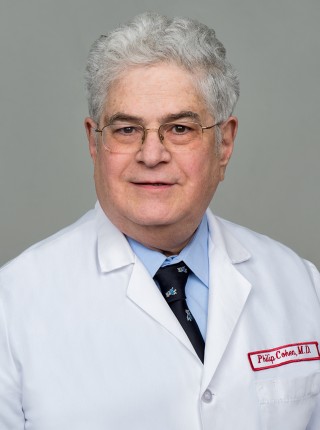Aggregated MAVS as a disease mechanism in SLE
Abstract
SLE is accompanied by excessive type I interferon production, with activation of interferon-inducible genes. Viral RNA triggers a conformational change in the sensor protein RIG-I, leading to MAVS activation and activation of IKK and TBK1, with subsequent interferon production driven by IRF-3 and NFkB activation and translocation. MAVS forms large prion-like aggregates which might stimulate IFN-I activation in a potent and prolonged fashion. Remarkably, cells from ~40% of SLE patients show clear MAVS aggregation. Such MAVS aggregation is not seen in cells from normal individuals. We will correlate aggregate-positive samples with clinical disease patterns and disease activity. We will examine interferon type I production of cells isolated from patients with MAVS aggregation for enhanced production of IFN, and will perform array analysis to measure their interferon signature. We will determine the source of aggregated MAVS by analysis of separated cell populations from the blood of SLE patients. We will explore the relationship MAVS aggregation, the NLR inflammasome proteins, and inflammasome activation. These studies the role of the innate immune response in driving autoimmunity in SLE.




